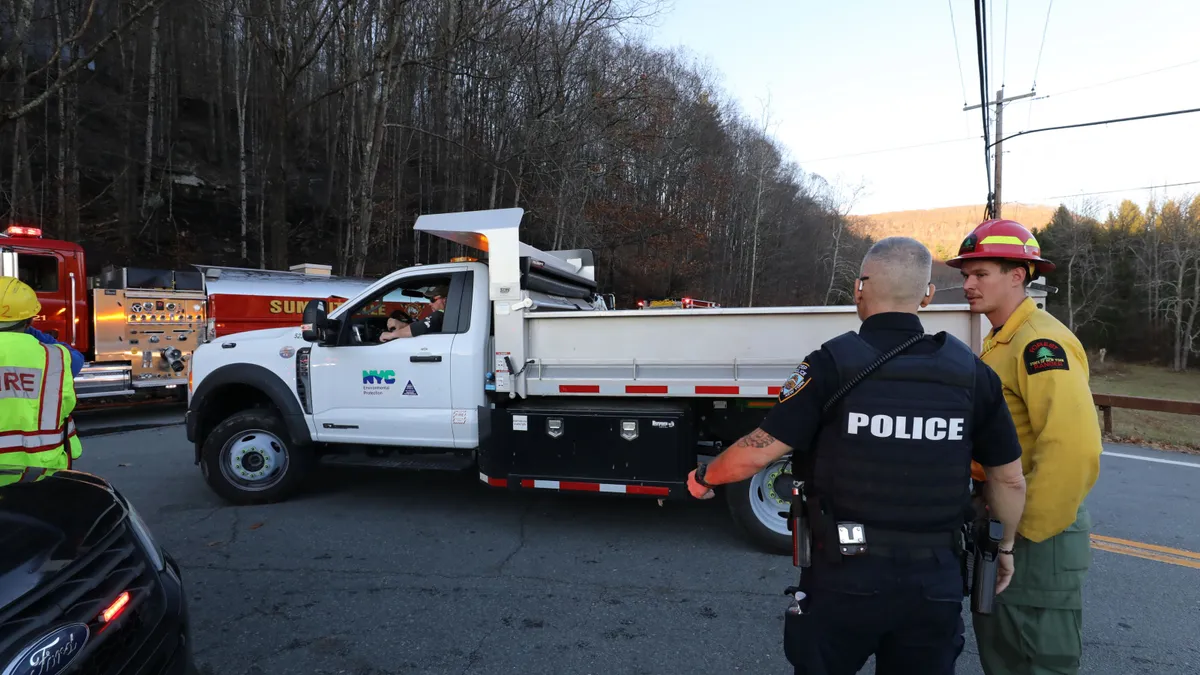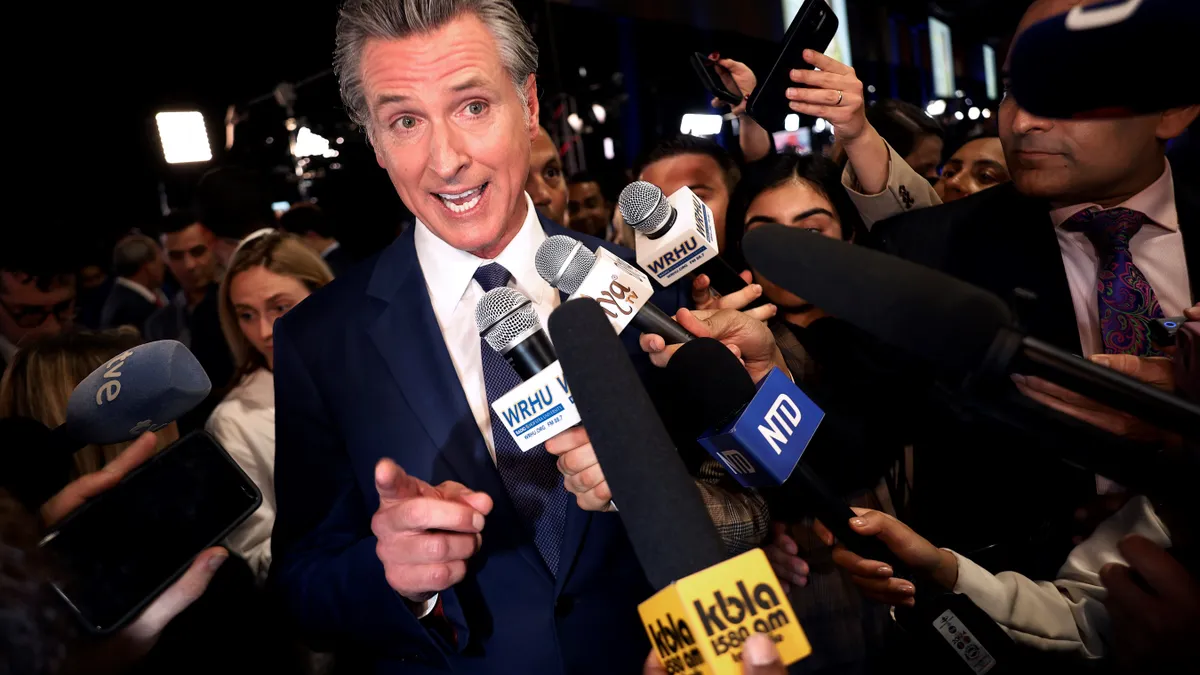Cities large and small grapple with inequity among residents, not just because of growing income gaps, but also uneven access to municipal services. Four years ago, New York created a department to address the disparity by taking advantage of a resource that’s increasingly coming into vogue: strategic public-private partnerships (P3s).
Mayor Bill de Blasio established the Office of Strategic Partnerships (OSP) shortly after taking office to "bring together not only the different agencies of government, which are famously siloed and bureaucratic, but also to bring in the private sector and ... the philanthropic sector and nonprofits to all work together to address the enormous challenges of inequality," said Gabrielle Fialkoff, Director of the Office of Strategic Partnerships.
Leveraging the P3 model
The city partners with a number of 501c nonprofits that are associated with certain municipal departments; examples include the Fund for Public Health, the Fund for Public Schools and the Mayor’s Fund to Advance New York City. "These are the vehicles through which we do our partnership work,” Fialkoff said. The nonprofits can accept private funding and then "work with government agencies on innovative programs and to test new models and do innovative thinking together. What my office does is coordinate and oversee those nonprofits," she said.
Individual governmental agencies might have a program or innovation they want to drive, but they go through OSP and use its resources to move forward.
"Our goal is to find solutions to age-old problems ... to bring these sectors together to find evidence-based solutions that private money can test," Fialkoff said. "When it comes to public funds, testing a new model might not be appropriate."
Creating partnerships in this way reduces governmental risk, while also creating replicable models that can be scaled to other cities. Essentially, the P3s drive innovation.
"Cities are leaders of innovation ... That’s why public-private partnerships are so important today," she said. They’re especially important in the current political climate where "we’re talking about federal budget cuts and state budget cuts, and cities are really being out there on their own."
Addressing unequal access
Cities have been making more concerted efforts to mitigate inequity, but city leaders and staff don’t always know the best means to do so, or even where to start. Still, the conversation is being raised in many places where it hasn’t been before.
Meanwhile, multiple studies indicate inequity is increasing, particularly along income and racial boundaries. Equity challenges also exist regarding public safety, infrastructure and economic development.
"We see growing inequality in the lack of affordable housing, in the skills gap, in the achievement gap in our schools," Fialkoff said. OSP works to level the playing field and give "more New Yorkers a shot at a better job and to live and stay in their communities even as prices increase ... We need to be on the front lines in breaking down these barriers."
The widening gaps are a problem because, according to a National League of Cities report released last fall, they exacerbate social and economic divides that could de-stabilize cities.
"These challenges are so complex in nature and long-standing, it does take expertise and flexibility and thought leadership," Fialkoff said. She notes that facing the challenges alone can be too great a task for a local government, but forming P3s brings in private sector players who hold expertise in the individual areas of concern.
OSP in action
OSP has facilitated a number of initiatives to boost equity, with a strong focus on increasing education in numerous age groups. It was instrumental in New York’s effort to add a universal pre-kindergarten program for all 4-year-olds, and it has worked to bring the same type of program to 3-year-olds, starting in a few years.
The partnership model also has proven successful with the city’s Computer Science for All initiative, which aims to offer computer science educational programs to all of New York’s 1.1 million public school students, as well as to train teachers in the subject.
"When we came to office, only 5% of students were receiving comp sci education. Most were in specialized schools, and it skewed toward white and Asian males," Fialkoff said. But under the Computer Science for All initiative, OSP and its partners found that if classes are offered, students in under-represented groups will sign up.
"The increase in the number of girls and persons of color [taking classes] was profound,” and the number of AP test takers in the subject leaped from 1,000 to 4,000 in two years. "You can't talk about equity without it being offered throughout every neighborhood in the city and without getting into every community," she said.
Other OSP initiatives include expanding mental health care in underserved neighborhoods, providing resources for families facing eviction to allow them to stay in their homes, promoting physical education and expanding access to healthy food. Although they tackle different topics, all of the office's programs "start from the same place ... addressing the needs of the most vulnerable New Yorkers and promoting equity," as well as holding the promise of future scalability and replicability.
"The strategic partnership model is coming into its own at the municipal level," Fialkoff said. "As cities change and technology disrupts, it's incumbent upon all of us to work together to address issues of inequality and be the solution and at the forefront of change together."



















